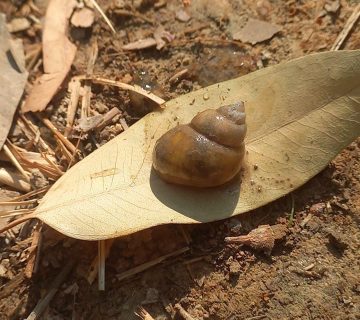Aquatic plants, residing in the watery realms of lakes, rivers, and ponds, showcase a remarkable diversity in form and function. From the freely floating water lentil to the fully submerged champoon, and the captivating water lily with its roots tethered below, these plants add a touch of magic to aquatic environments. Their delicate stems and translucent or flattened leaves are adaptations to their underwater life.
Classification of these underwater wonders is based on their growth patterns in relation to the water’s surface. Three main categories emerge:
- Floating plants: Gracefully resting on the water’s surface, these plants, like the water lentil, often have small, buoyant leaves.
- Submerged plants: Completely immersed, these plants, including the champoon, have adapted structures to absorb vital nutrients and oxygen from the water column.
- Emergent plants: Partially submerged and partially exposed, these plants, like the water lily, often boast beautiful flowers that add a touch of color to the water’s edge.
The significance of aquatic plant diversity extends far beyond aesthetics. These underwater marvels play a crucial role in maintaining healthy aquatic ecosystems:
- Oxygen providers: They release oxygen, a vital element for aquatic animals and birds.
- Water purifiers: They act as natural filters, absorbing pollutants and excess nutrients, thereby improving water quality.
- Food source: They provide sustenance for various aquatic creatures, from fish to birds.
Beyond their ecological value, aquatic plants enhance the aesthetic appeal of water features:
- Visual delight: Their diverse shapes, sizes, and colors add a touch of beauty and tranquility to landscapes.
- Habitat creation: They provide shelter and breeding grounds for fish, insects, and birds.
Case in point: The Hawizeh Marsh
The Hawizeh Marsh in southern Iraq exemplifies the rich biodiversity of aquatic plants. Here, plants can be categorized based on their position relative to the water surface:
- Emergent plants: Reeds and sedges dominate this category, with their foliage proudly rising above the water.
- Rooted floating plants: The Kaaba plant exemplifies this group, having its roots anchored in the sediment while its leaves float gracefully on the surface.
- Free-floating plants: Water lentils, with their tiny, free-floating fronds, are prime examples of this category.
Protecting and promoting aquatic plant diversity is essential for maintaining healthy and vibrant water ecosystems. By acknowledging their invaluable contributions, we can ensure the continued beauty and sustainability of our aquatic environments.









